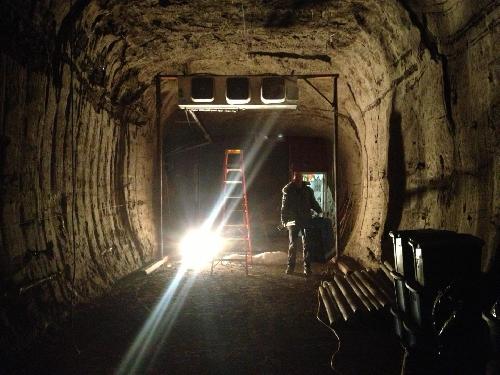Samples of permafrost soil are providing new ways to anticipate what may happen if northern regions of the world warm and begin to thaw.
Florida State University doctoral student Travis Drake and Florida State University Assistant Professor Robert Spencer write in a new paper that permafrost organic material is so biodegradable that as soon as it thaws, the carbon is almost immediately consumed by single-cell organisms called microbes and then released back into the air as carbon dioxide, feeding the global climate cycle. Their findings are laid out in an article published today by the Proceedings of National Academy of Sciences.
They say this is the first time scientists have been able to quantify exactly how fast organic carbon from Alaskan permafrost is converted into carbon dioxide.

"This study really shows what makes permafrost so biodegradable," said Drake. "Immediately upon thaw, microbes start using the carbon and then it is sent back into the atmosphere."
The permafrost examined in the study contained carbon that was 35,000 years old and had been stored frozen out of the carbon cycle until thawed. After 200 hours of thawing, almost half of it was gone, consumed by microbes and released back into the air as carbon dioxide.
"It's like feeding them chocolate," Spencer said. "You are giving them a food source that they really enjoy and is high in energy."
The results are troubling, of course, because increased carbon dioxide levels will cause the Earth to warm and precipitate more thawing of permafrost. Alaskan permafrost contains one of the largest carbon stores in the world, and scientists have yet to totally understand what will happen to the air and water if vast amounts are released into it courtesy of thawing processes.
Researchers conducted most of the work in tunnels close to Fairbanks operated by the U.S. Army Corps of Engineers and collected samples of permafrost from the icy walls as new tunnels were excavated.




Comments